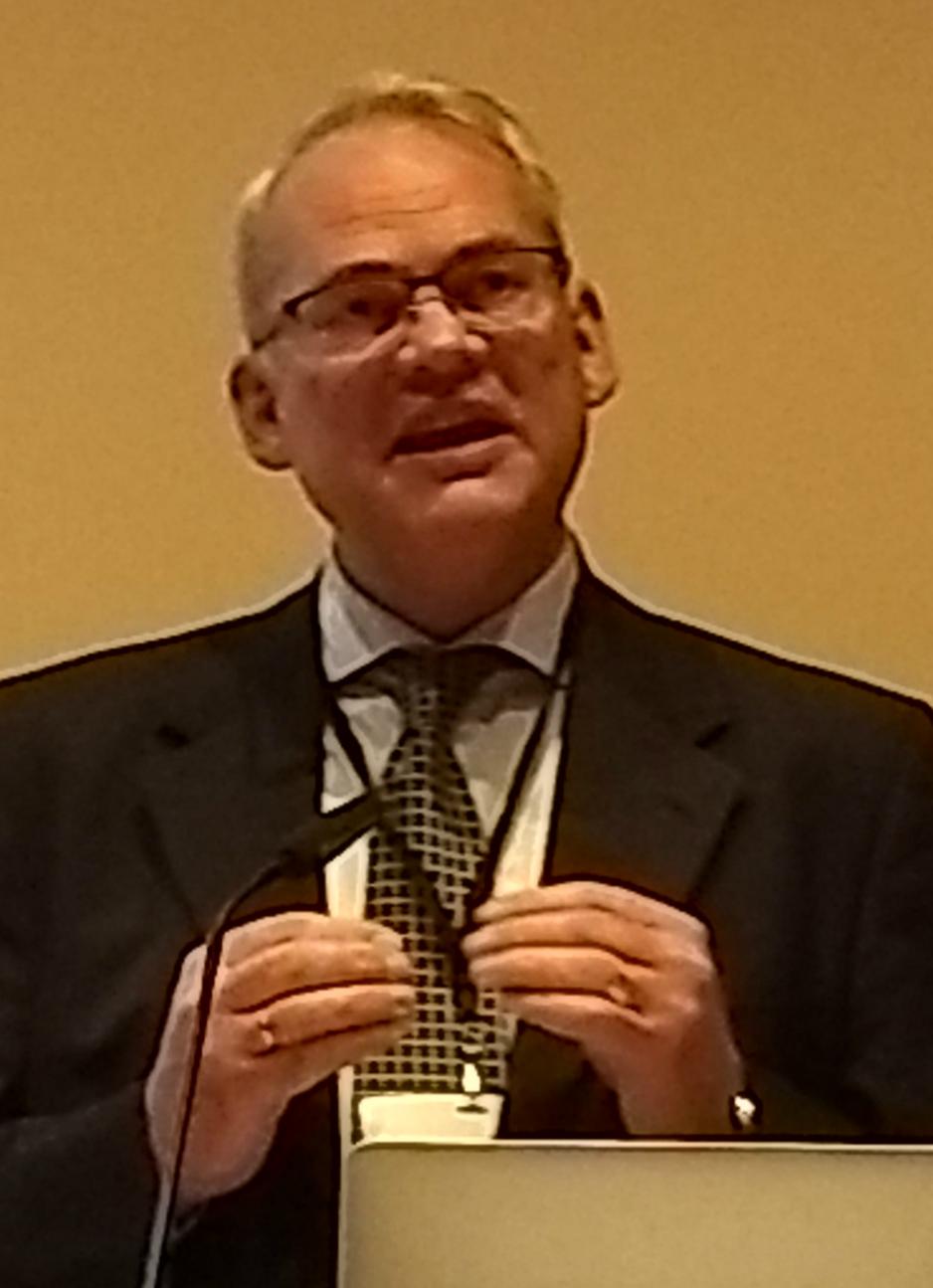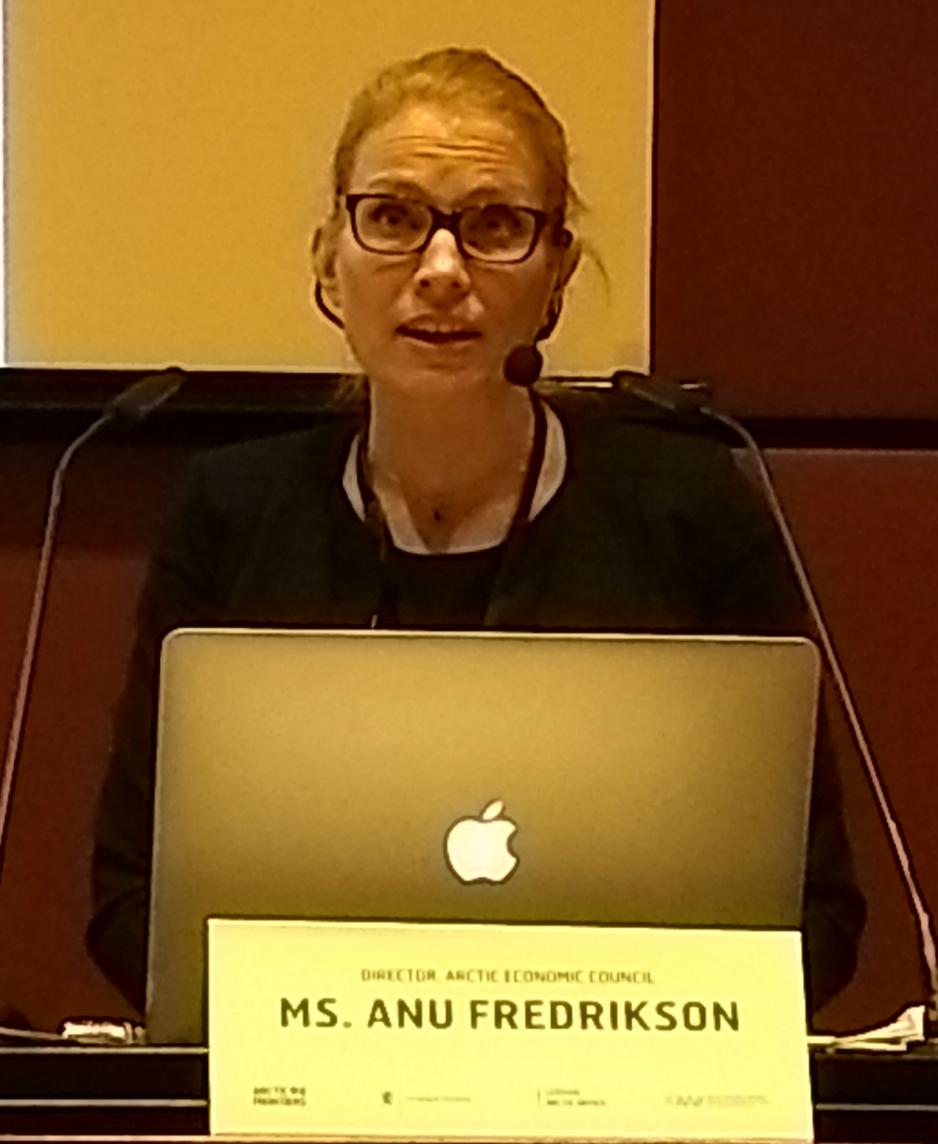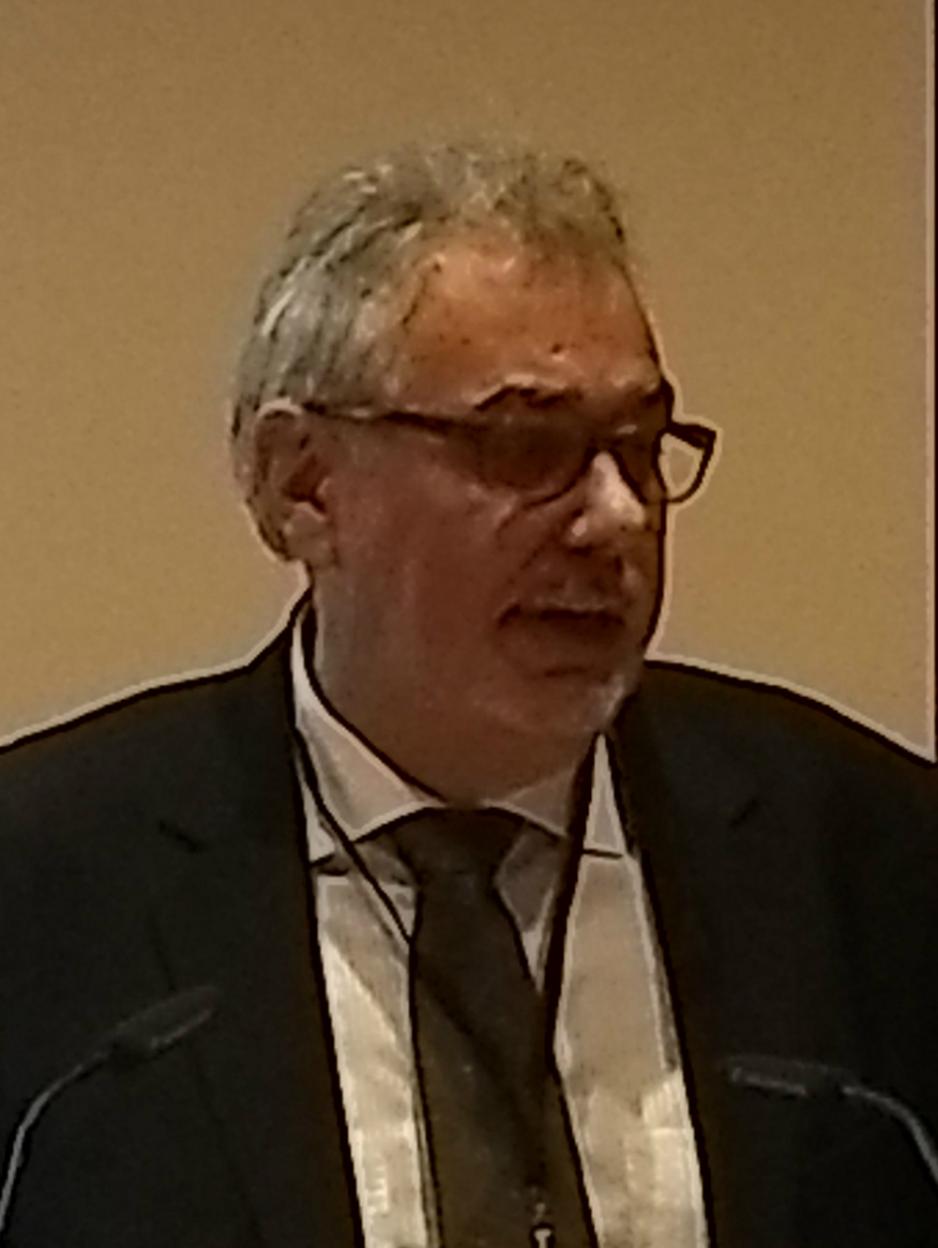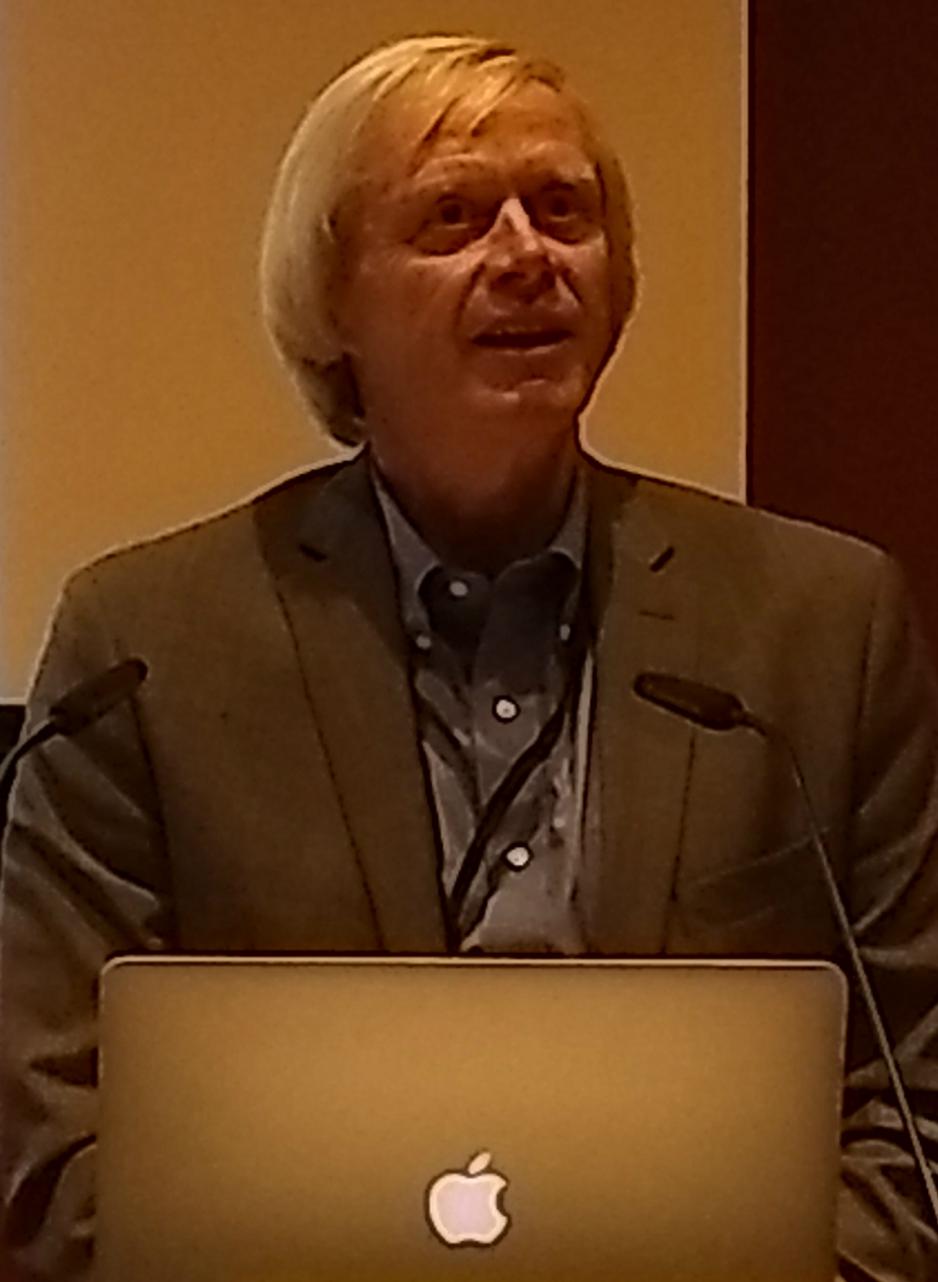Arctic Industrial Activity on the Rise: Challenges and Potential Remedies

Economic development, environmental protection, and a good life in the Arctic do not contradict each other. Even more, the economy was seen to help support the protection of the environment during the recent 'A Responsible Future for the Arctic' event in Berlin.
While surely also a place of great environmental sensitivity and home of indigenous peoples and other inhabitants, the event "A Responsible Future for the Arctic" emphasised the economic development of Arctic regions. Most speakers agreed that economic development, environmental protection, and good life in the Arctic are not in contradiction. Even more, the economy was seen to help support the protection of the environment.
Arctic shipping and new risks
"Many new economic opportunities in the Arctic come with more shipping", said Morten Meijlænder-Larsen, Discipline Leader – Arctic Operation at DNV-GL, for example for supplying resource development projects in the coastal and offshore Arctic. Thus, it is important to identify and assess the risks that come with new shipping activity in the region. Crucially, it is important to mitigate those risks down to an acceptable level for industry and society in order to make business activities in the Arctic sustainable, Mr Meijlænder-Larsen added.
Importance of global value chains
Further, industrial developments will mainly be driven by actors coming from outside Arctic regions, i.e. by actors who often do not have the fitting level of knowledge and expertise for operations in the cold Arctic climate, for example cruise operators. Ms Fredriksen agreed on the relevance of non-Arctic actors and processes for the Arctic's economic development. "The Arctic is not always big enough to create enough economic value. Thus, global value chains are important for Arctic economic development", she emphasised.
The Polar Code and its challenges
According to Meijlænder-Larsen, the worst scenario is an accident with a huge cruise vessel with lots of passengers on board, since no one is currently prepared to carry out large scale search and rescue operations in the Arctic because of limited or lacking resources, capacities, and experience.
The Polar Code is one important step to respond to this development, and all efforts should now be focused on implementing its provisions. "A crucial challenge for implementing the Polar Code is that it is a goal-based standard, which means that the Code sets certain goals that should be achieved. In order to have any effects, these goals need to be translated into practical requirements for ships in order for them to be able to comply with Polar Code", Mr Meijlænder-Larsen explained. Further, also suppliers of ship equipment need to follow up producing the needed equipment in order to enable ships to comply with the Polar Code provisions.
Satellites for the Arctic
In order to ensure safe economic development in the Arctic, industrial development in the region needs to be controlled and monitored, and this can be done via satellites, Mr Rolf Skattebø, CEO of Kongsberg Satellite Services outlined in his presentation. For example, satellites can help with the forecasting of oil spills, and with the detection and identification of vessels, especially illegal fishing boats. Satellites can also improve communication in the Arctic, for example through the provision of internet connection.
All in all, satellites can provide tools and information for political enforcement but also for science and research as well as business activities, Mr Skattebø elaborated.
Environmental and social concerns
"We need to be worried about the environmental impacts of Arctic industrial development", Dr Kuehnlein from the German Association for Marine Technology emphasised. Further, in order to remedy social and cultural concerns, everyone needs to be included in the dialogue about Arctic economic development, such as local and indigenous populations, he added.
At the same time, Mr Kuehnlein issued his belief that high industrial standards and long experience on behalf of marine technology providers can mitigate the risks of Arctic industrial development. In any case, the highest environmental and technological standards and innovations have to be applied in the Arctic in order to reduce the risks of economic endeavours in the region, Kuehnlein concluded.




